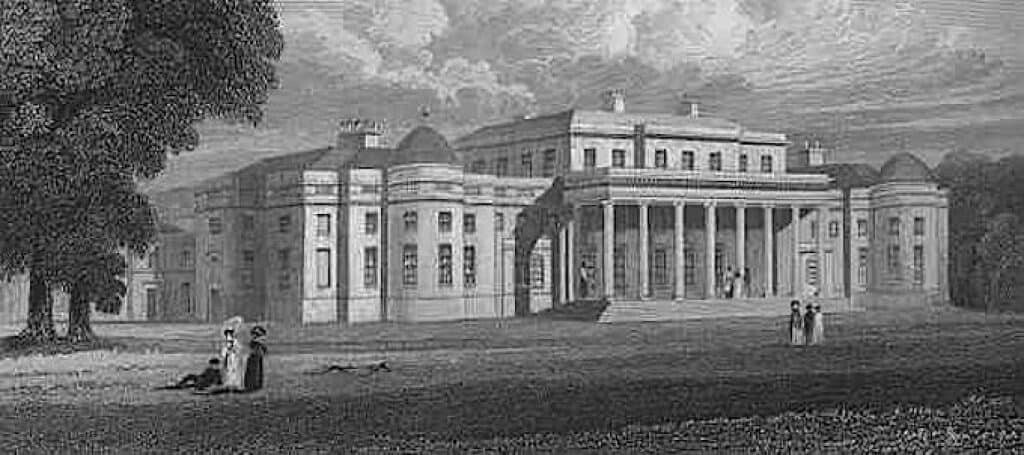History is full of obscure strings of text that serve as tantalizing puzzles for code breakers. From the Voynich Manuscript to the cryptic codes by the Zodiac Killer, people have presented riddles hidden in what seems to be gibberish. One you may not be aware of is the Shugborough Inscription. It is a monument attached to a large manor house in England that displays an indecipherable riddle.
Shugborough Hall in Staffordshire
On the grounds of Shugborough Hall in Staffordshire is a monument depicting a replica of Nicolas Poussin’s masterpiece “The Shepherds of Arcadia.”
Below that replica is a series of letters that appear to be without meaning:

Nobody knows what this means, and history does not help. The monument is mid-18th century construction. Some claim the mysterious code is a later addition since documents don’t mention the code until the 19th century.
You May Also Like: The Codex Gigas Devil’s Bible: A Weird and Massive Medieval Manuscript

Theories on the Shugborough Inscription Code
Over time, there have been various “solutions” to the seemingly random letters. Here is a selection:
- Admiral George Anson, famous for his circumnavigation of the globe, possibly encrypted an acrostic of a brief poem in Latin to the memory of his late wife. This verse translates into English as: “Best of wives, best of sisters, a most devoted widower dedicates to your virtues.”
- Another attempt to solve the riddle posits that the letters are acrostics in Latin for particular biblical verses.
- Others have suggested that the letters represent initials of noteworthy residents of Shugborough Hall and its environs.
- A standard of many mysteries, it has been suggested that the letters, once decoded, will tell the location of the Holy Grail.
- Someone has speculated that the code is actually in the Norwegian language. Any attempt to use Latin or English to crack the code is futile.
- The inscription does not represent letters at all but is actually a string of numbers.
All those who have failed to solve the puzzle once and for all are in good company. Both Dickens and Darwin attempted to solve the riddle and failed, leaving the mysterious inscription for later generations to unravel.
You May Also Like: Georgia Guidestones: Who Paid for It and Why?